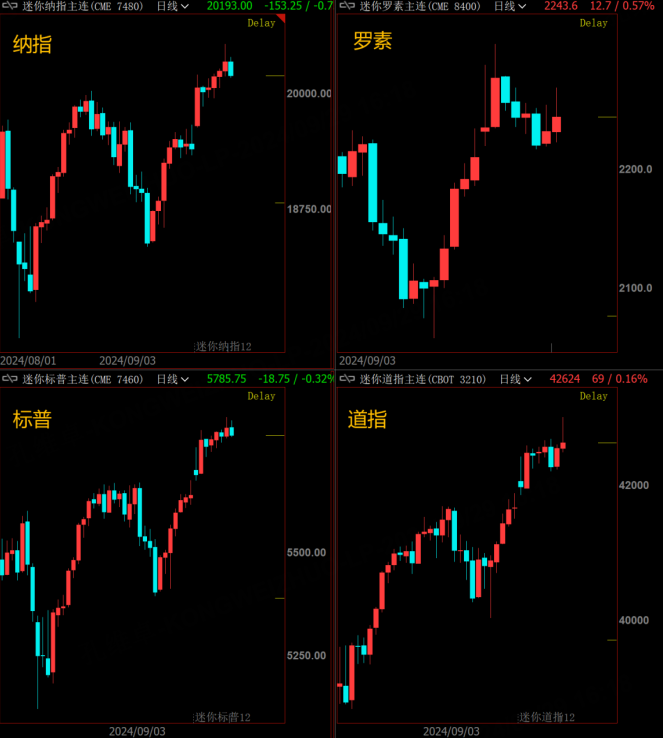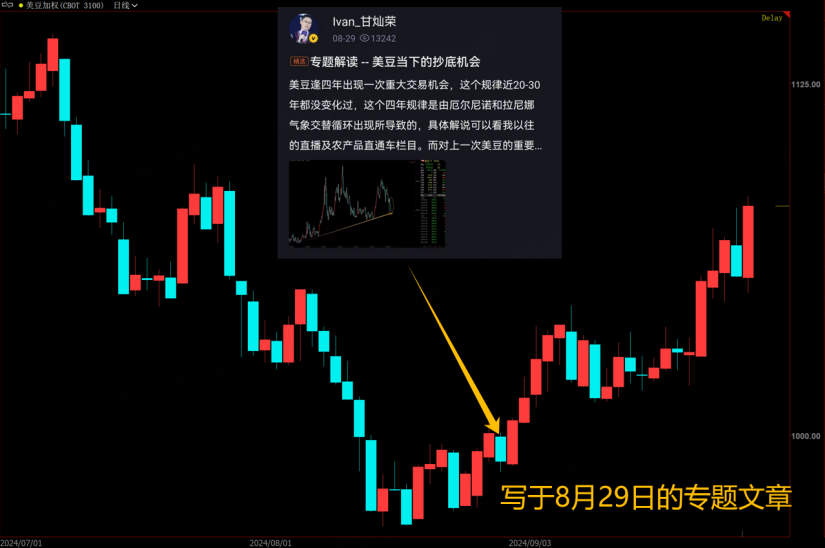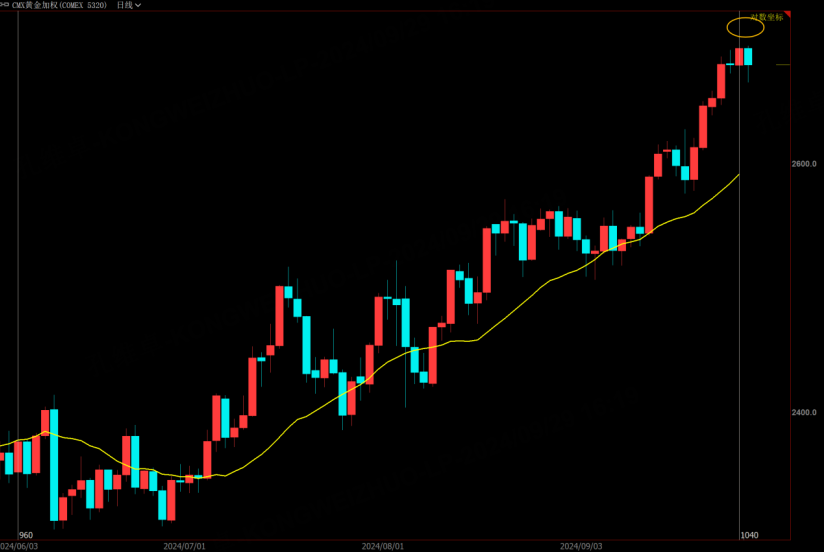The National Day holiday begins, and because the holiday time is too long, there will often be gaps in the domestic market. In order to make the domestic market gap sharply, it is necessary for the external market to fluctuate greatly during the National Day holiday. Therefore, the external market rarely spends it calmly during the National Day holiday. Everyone needs to look at the external market after the holiday. Trends, pay attention to sudden large fluctuations.
The main economic event in the external market next week is the release of non-agricultural data. Since the Federal Reserve has opened the channel to cut interest rates, the focus of the market's attention has become the change in the speed of interest rate cuts. According to market expectations, they always like to go to extremes. If this week's non-agricultural data If the data is slightly worse, then you will think that the Federal Reserve will continue to cut interest rates by 50 basis points in November, or even begin to expect that it is possible to cut interest rates by 75 basis points. Then during the November meeting, it was "slapped in the face" by the Federal Reserve and reversed. Therefore, when the market is extremely expected, we just follow it, and when we are "slapped in the face", we just retreat immediately.
U.S. stock index remains in a turbulent stage
Entering October is the final canvassing link of the U.S. election. For the U.S. domestic market, it will be relatively calm. The performance of the stock index may have a small inflection point, but the overall volatility is limited. Moreover, compared with A-shares, the current position of U.S. stocks is definitely more attractive to large capital. China has offered a "king bomb" level of benefits, and there will be no response in the short term, so Chinese assets may be a hot topic in the future. An important topic that has been hotly discussed on Wall Street is not so hot compared with U.S. stocks, but Chinese concept stocks are ushering in a long-lost spring, so everyone should pay attention to observation and switching. In the U.S. stock index, you can also pay attention to the compensatory gain opportunities of the small and medium-cap Russell 2000 index. The market is turbulent, and structural market conditions and opportunities will still exist. You may wish to explore more.
Commodity market is gradually realizing
The U.S. soybeans bottomed out and rose sharply, so I won't go into details here. I told you a month in advance, just take it. Friends who haven't got on the bus can also take a look at American corn. The linkage between corn and soybeans is not bad, but the protagonist must be American soybeans, so the corn swing will be bigger. Pay attention to the rhythm. If the Fed cuts interest rates faster than expected, it is not surprising that the price of agricultural products can even rise back to the high point of two years ago (in about a year), so the current price is not expensive, but there will be swings.
Crude oil is still the last commodity to fall. At present, according to my observation, the negative factors have not been fully released. In the past two days, it has been rumored that Saudi Arabia intends to give up price control and regain market share. No matter how rumors are refuted in the future, the news will not be groundless. Just wait and see. Don't rush to buy the bottom. The collapse of oil prices is still terrible.
In addition, the turning point of the periodic prime time has reached, and rapid adjustments are prone to occur, with an amplitude of about 100 + points. However, the adjustment does not mean a reversal, but just the release of the market's short-term profit-taking sentiment. Note that.
$NQ100 Index Main 2412 (NQmain) $$SP500 Index Main 2412 (ESmain) $$Dow Jones Index Main 2412 (YMmain) $$Gold Main 2412 (GCmain) $$WTI Crude Oil Main 2411 (CLmain) $




Comments